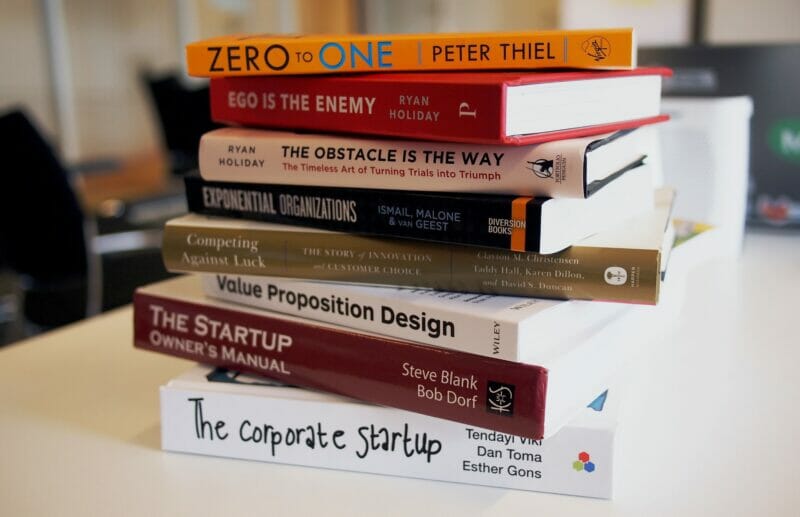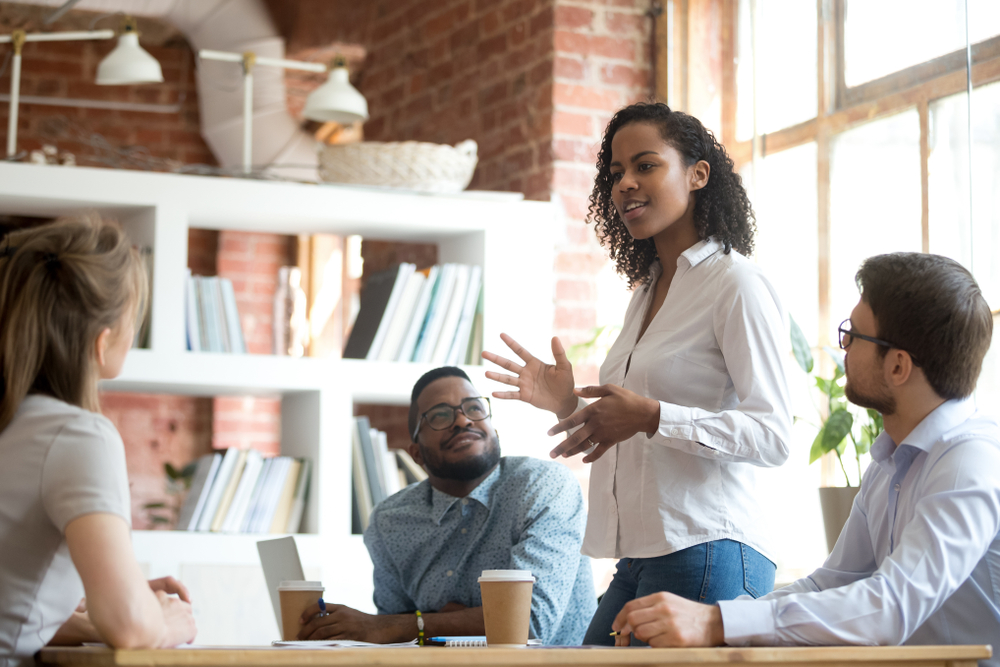In today’s learning environment, teachers play a more critical role than ever in fostering an innovative approach to practical learning. It’s been years since PowerPoints, long lectures, and verbal essays inspired students, if ever.
We must find nuanced and specialized teaching methods utilizing new tools to capitalize on students’ strengths. This creates effective teaching methods and an environment where students are eager to learn and don’t fear failure.
A student’s fear of making mistakes often inhibits their eagerness to learn. Students also grow to dislike the standard learning system’s punishing nature.
One chance to take the test, one chance to recite a presentation, and if they are too slow to comprehend a topic, they are left behind.
Students are anxious because it can feel like the school system is against them. As teachers and educators, we can fix that, starting with how we perceive mistakes.
What is the practical learning process?
So, how can teachers help students be successful? First, we need to understand the iterative learning process and how it affects our students.
Unconscious Incompetence
In this phase of the learning process, students fear the unknown. At this stage, it’s critical to influence students as positively as possible to prepare them for an influx of knowledge.
Conscious incompetence
This stage is notorious for being the most arduous. Students begin learning and applying their knowledge to problems.
This phase has a reputation for being the most difficult because of mistakes. Especially when learning something new, failure is inevitable.
Educators must take time to allow students to make mistakes, provide timely feedback, and show students that failure is one of the best ways to learn.
Conscious competence
In this phase, students become more comfortable with their skills, and teachers can explore other key aspects of learning, like using technology to capitalize on individual students’ strengths.
Unconscious competence
As students reach the final stage of the learning process, they apply various skills to challenging critical thinking problems and feel they’ve mastered the subject.

Many more factors influence the learning process, and you can explore them with your class to identify what works for your students as learners and you as an educator.
How to use mistakes to facilitate the best type of learning
We’ve discovered the root causes of why students fear failure so much. Now, we can use the learning process to show students how to overcome their fear of past mistakes, anticipate failure and use mistakes as an effective learning opportunity.
Change the way we correct
The first step to changing our students’ mindsets starts with how we grade. Rather than large red X-marks and having students guess why they were incorrect, we can show them how learning is a social process.
Correct test mistakes in class and explain the problems’ intricacies as students follow along. Help students identify patterns and shortcuts to use in their work.
Give timely feedback to students, explain the components of the practical learning process, and how making mistakes is just another aspect of learning. Showing students you care about their success speaks volumes.
Give students opportunities to redeem themselves
Some may think that giving students more than one attempt assignment rewards lazy students. However, when used effectively, it can allow eager and hardworking students to prove they can learn from mistakes.
For example, you can create a policy for quizzes. If students score an 80% or higher, they may re-take a similar test to make up the grade. You can choose to take an average of the two scores, the highest score or just the score of the second quiz.
Methods like multiple quizzes and the opportunity to pre-check assignments together before students submit them are great ways to display how the learning process is used.
Showing learners how to overcome their past mistakes can be a prime example of how they don’t feel like the school system is against them. Students in high school and college students notice the support you give them. Not only will you be more well-respected as a teacher, but students will also grow eager to attend your class.
Change the approach to group discussions
For many of us, group discussions look like this: students are hesitant to answer, reluctant to participate, don’t build off the topic, and we must facilitate almost the entire session.
However, we can change the way students view discussions. If we change our tone, diction, and approach to responses, we can promote peer learning and self-reflection.
Firstly, we need to show students that overcoming guilt from past mistakes will be the key to their success in class and the real world. You can begin scoring group discussions, rewarding students for participating, contributing to other students, or even sharing their thoughts.

We encourage students to break out of their shells and participate and facilitate peer learning. Additionally, how we respond to students’ answers significantly impacts their outlook on the assignment.
Instead of responding to students with,
“That’s not quite right. Can anyone else try answering?”
You can reply with,
“Why do you think so?”
“Can you give an example?”
“If you could ask yourself a question about your answer, what would it be?”
While it may seem simple, even teachers can learn from our past ways. Changing the way we teach for the better of our students and learning from mistakes is a part of professional development.
Incentivize and reward students
Rewarding students is a great way to help them visualize the fruits of their labor, especially throughout an entire school year.
Candy, extra points to their grade, pizza parties, movies in class, and fun group activities help students of all ages discover how learning from their mistakes is beneficial to their success in and out of class.
Give timely feedback to students at every step
You might be thinking, “what are the characteristics of effective feedback to students?” or “What constitutes ‘good’ feedback?”
Showing students the correct solution to a problem and what mistake they made is fundamentals for good feedback. Show students how to avoid the error in the future, recognize patterns that might lead them to a wrong answer or mentalities that could lead to an inaccurate response.
Some of the best lessons are learned from past mistakes, and learning from mistakes imbues a growth mindset in students and educators.
Modern tools, empathetic teaching techniques, and even trading treats for grade points are great ways to show students that mistakes are another aspect of the learning process. There are countless ways to employ the techniques we discussed, and it’s up to you to experiment and help your students succeed.
Next Chapter

How to Grade Student Entrepreneurial Skills?
The best way to evaluate a student’s entrepreneurial skills is to immerse them into live projects, experiences, or interactive tests.



